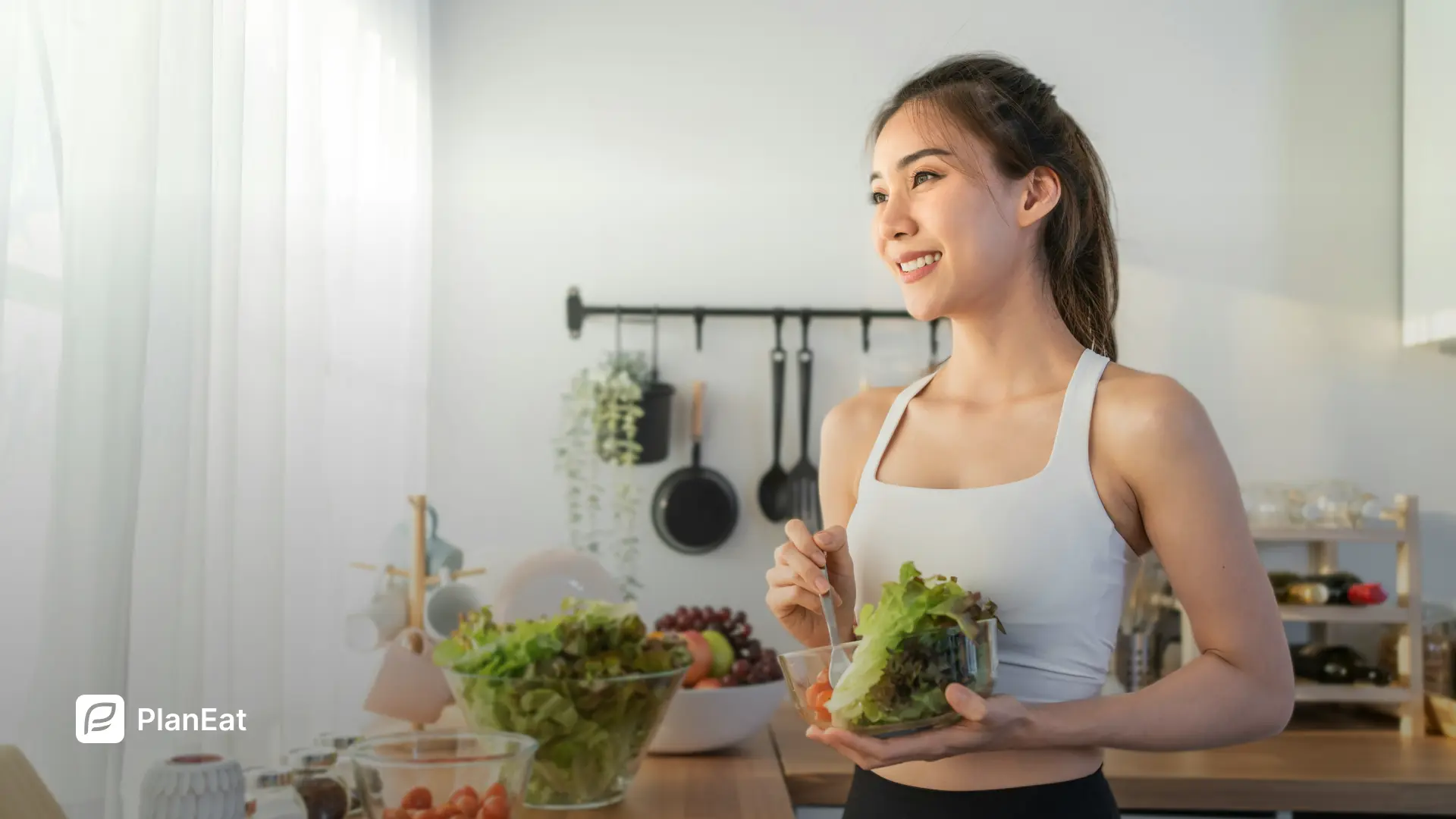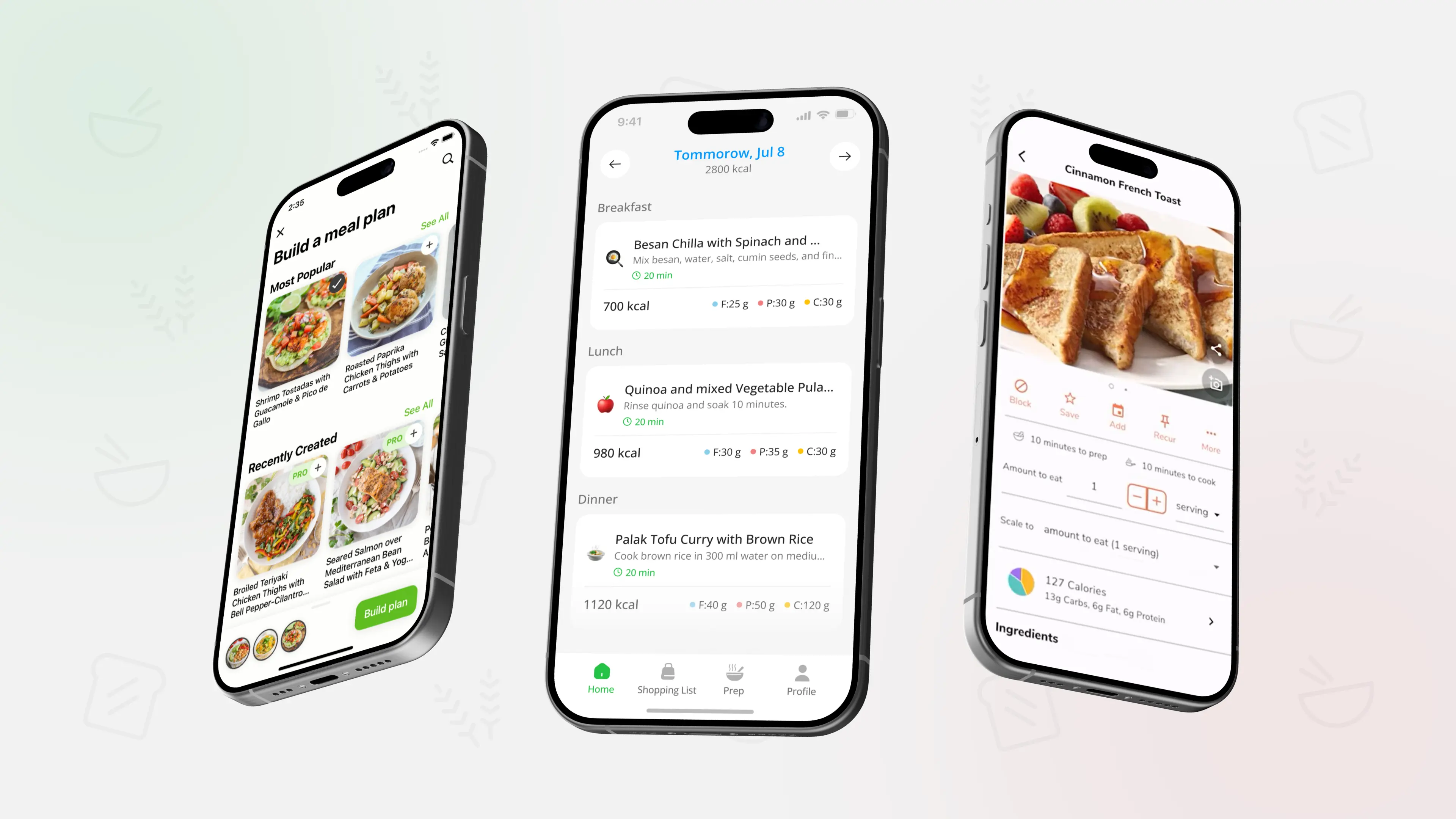Using ChatGPT for Meal Planning: Best Prompts

TL;DR: ChatGPT is great for one-off meal ideas, quick weekly menus, and grocery lists, especially if you’re busy or on a budget. But it won’t remember your habits, track your progress, or quietly keep you on a healthy pattern week after week. For that, you need a more structured system (like a dedicated meal-planning app).
When ChatGPT is helpful for meal planning (and when it isn’t)
ChatGPT can be surprisingly useful in the kitchen if you know how to talk to it:
- It can draft a budget-friendly weekly plan when you give it a budget, store, and number of people. Real users routinely use it for “5-day plan under $60 at Aldi with breakfast, lunch, dinner and snacks.”
- It can turn what you already have at home into recipes and basic plans (e.g., “chicken, rice, beans, spinach what can I cook this week?”).
- It can create grocery lists grouped by store section (produce, dairy, pantry, freezer) and adjusted for dietary needs or budget.
However, there are clear limits:
- Plans can be generic or under-seasoned and often need you to add flavor and check portions.
- It is not a dietitian; nutrition numbers and medical advice should be double-checked with real professionals.
- ChatGPT doesn’t automatically track your history, build habits, or remember what actually worked for your body last month.
If you’re new to healthy structure in general, you may want to start with a basic food framework first like a balanced plate and a simple week. That’s where guides like Healthy Eating Basics: Build a Balanced Plate or a 7-Day Balanced Meal Plan (with grocery list) fit in.
Best ChatGPT prompts for meal planning (by scenario)
Below are templates, inspired by real prompt collections and how people use ChatGPT for food planning online. Adjust numbers, foods, and constraints to your reality.
1. Classic 7-day healthy meal plan
“Create a 7-day meal plan for [X people] who want balanced, healthy meals. Include breakfast, lunch, dinner and one snack per day. Focus on whole foods, lean protein, high fiber carbs (oats, beans, potatoes, brown rice, whole-grain pasta), vegetables and healthy fats. Assume around [calories] kcal per day. At the end, give me a short summary of the pattern you used.”
2. Budget + grocery list in one
“Plan 5 days of dinners for a family of [X] with a total food budget of [currency + amount] when shopping at [store]. Meals should be simple, kid-friendly and use overlapping ingredients to reduce waste. After listing the dinners, generate a grocery list grouped by store section with rough quantities.”
3. Use what’s already in your kitchen
“Here’s what I have at home: [list pantry, fridge, freezer items]. Suggest 10 meal ideas I can cook over the next 3 days using mostly these ingredients, plus a few fresh additions if needed. Mark which ideas are higher protein and which are more veg-heavy.”
4. Meal prep for busy weekdays
“I have time to cook only twice this week. Create a simple meal-prep plan where I batch-cook 2–3 recipes on [day] and [day], and then eat leftovers on the other days. I want high-protein, high-fiber meals that reheat well in the microwave. Include prep steps, how to portion into containers, and how long each dish stays safe in the fridge.”
5. Family plan with picky eaters
“Create a 5-day dinner plan for a family of [X] with [ages], where one child is picky and doesn’t like visible vegetables. Dinners should take under 30 minutes on weekdays. Use ‘build-your-own’ style meals (bowls, tacos, pasta) where adults can add extra veg and the picky eater can still assemble a simpler version.”
6. High-protein or weight-loss focused plan
“Design a 7-day meal plan for slow fat loss for [X person: age, gender, activity level]. Focus on high protein and high fiber (beans, lentils, veg, oats, potatoes, brown rice), moderate healthy fats, and minimal added sugar. Include approximate calories and protein per day. Keep dinners under 30 minutes. At the end, summarize the key rules you followed.”
If you want a deeper dive into what to actually eat when your goal is body-fat reduction, you can link readers from here to a “What Exactly Should I Eat to Lose Weight?” guide.
7. Grocery list only
“Given this 7-day meal plan: [paste plan or list meals], create a consolidated grocery list grouped by store section (produce, dairy, pantry, freezer, meat/fish, bakery). Use simple, generic ingredients and avoid ultra-processed options when possible.”
8. Leftover + food-waste reduction helper
“I have leftovers of [specific dishes] and extra [ingredients]. Suggest 5 ideas to turn them into new meals for the next 2 days, so that I don’t waste food. Keep cooking time under 20 minutes and describe briefly how to assemble each meal.”
When to switch from ChatGPT to a dedicated planner (PlanEat AI)
ChatGPT is excellent for brainstorming, trying new food patterns, and solving one-off problems:
- “I’m overwhelmed; please give me a 5-day plan with groceries under $80.”
- “Here’s what’s in my fridge. Help me make it work for the next 3 days.”
- “I want more protein at breakfast give me 10 ideas in under 10 minutes each.”
The trade-offs:
- Every time, you have to re-explain your context.
- It’s easy to lose good plans in chats or screenshots.
- There’s no built-in routine to nudge you towards healthier defaults over months.
That’s where a dedicated meal-planning app makes more sense:
- It keeps your diet pattern, preferences, dislikes, and constraints in one place.
- It can generate plans that stay consistent week-to-week while still rotating recipes.
- It can offer grocery lists, grouped by category, with quantities ready for the store.
- It’s easier to repeat what worked instead of constantly starting from zero.
You can think about it like this:
ChatGPT is perfect for one-time planning and experimentation.
If you want ongoing, structured healthy planning that quietly supports your habits, you’re better off with a dedicated meal-planning tool like PlanEat AI.
You can also link out here to your “Best apps for meal planning (2025)” article so readers see where PlanEat AI fits among other options.
FAQ: Using ChatGPT for meal planning
Can I rely on ChatGPT instead of a nutritionist?
No. ChatGPT can suggest ideas and structure, but it doesn’t replace personalized advice from a registered dietitian or doctor especially if you have medical conditions (diabetes, kidney disease, eating disorders, pregnancy, etc.). Always treat AI output as general education, not medical guidance.
How accurate are the calories and macros from AI meal plans?
They can be rough ballparks, not lab-tested numbers. Many people use ChatGPT for initial ideas, then log the final recipes in a dedicated tracker (or use an app that calculates nutrition for them). If precise numbers matter (e.g., clinical diets), you need proper tools and professional oversight.
How often should I regenerate a meal plan?
Most people don’t need a brand-new plan every week. Instead, keep 2–4 “good” plans and rotate them, swapping a few dinners or snacks each time. ChatGPT is great for refreshing parts of a plan (e.g., “give me 5 new high-protein breakfasts”) rather than rebuilding everything from scratch.
Is it safe to paste my full medical history or personal data into ChatGPT?
No. Avoid sharing sensitive personal information (exact addresses, full medical records, etc.). Describe your diet constraints in general terms, like “I’m lactose intolerant” or “I can’t eat nuts,” and leave the detailed health data for professionals.
What if the recipes I get are too basic or bland?
That’s normal. Many reviews mention that AI plans need extra spices, sauces, and practical cooking details.
You can fix this by:
- Asking follow-ups like “rewrite this recipe with more seasoning and clear steps,”
- Requesting specific cuisines (“Mexican-inspired,” “Mediterranean-style”),
- Or simply using a dedicated meal-planning app that already leans on proven flavor combinations
ChatGPT for meal planning - summary
Use ChatGPT for one-off help with weekly menus, recipes, and grocery lists. For long-term healthy eating, pair AI prompts with a simple plate pattern or a dedicated planner that keeps your meals and habits consistent over time.


.webp)
.webp)
.webp)
.webp)
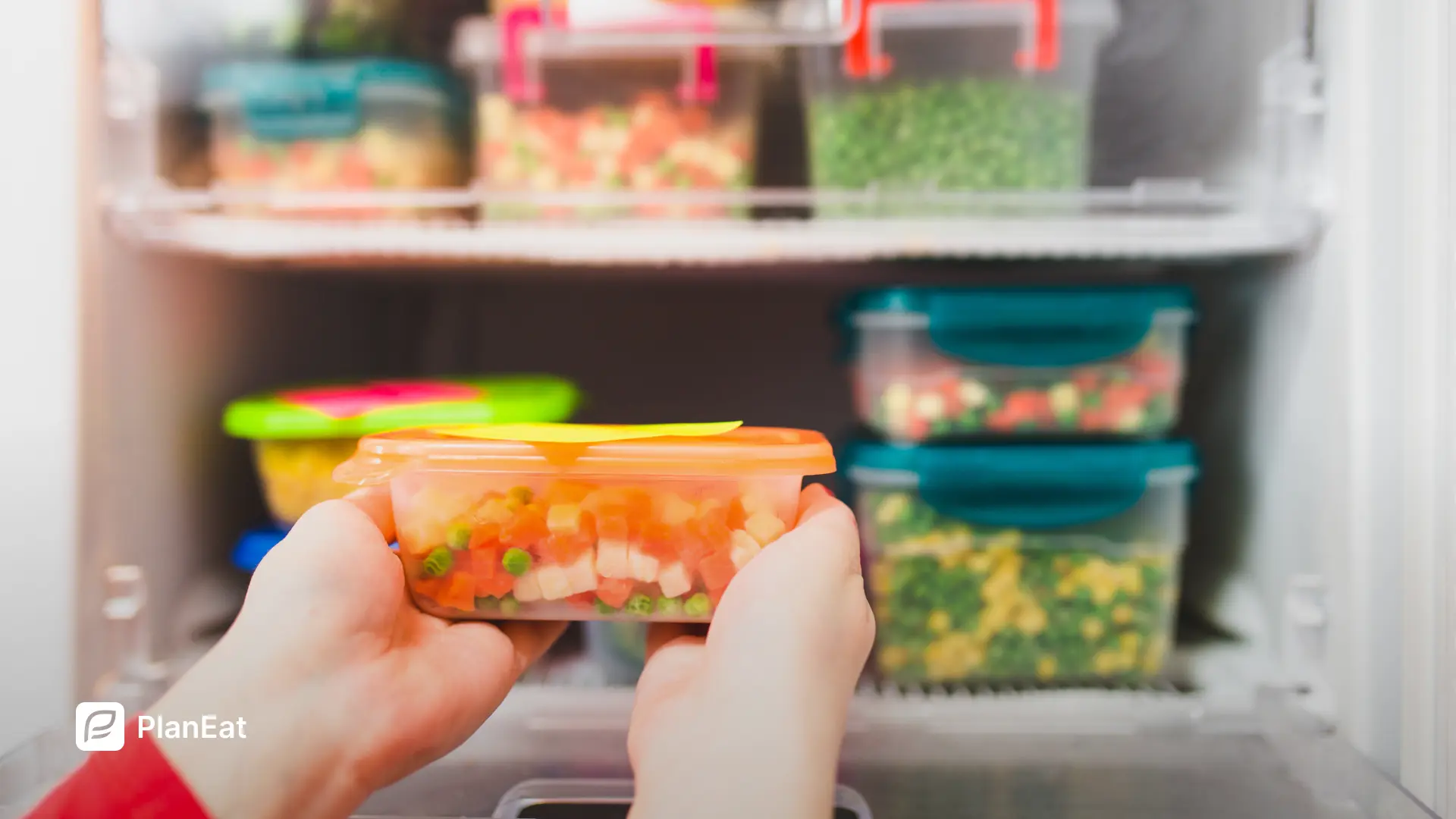
.webp)
.webp)
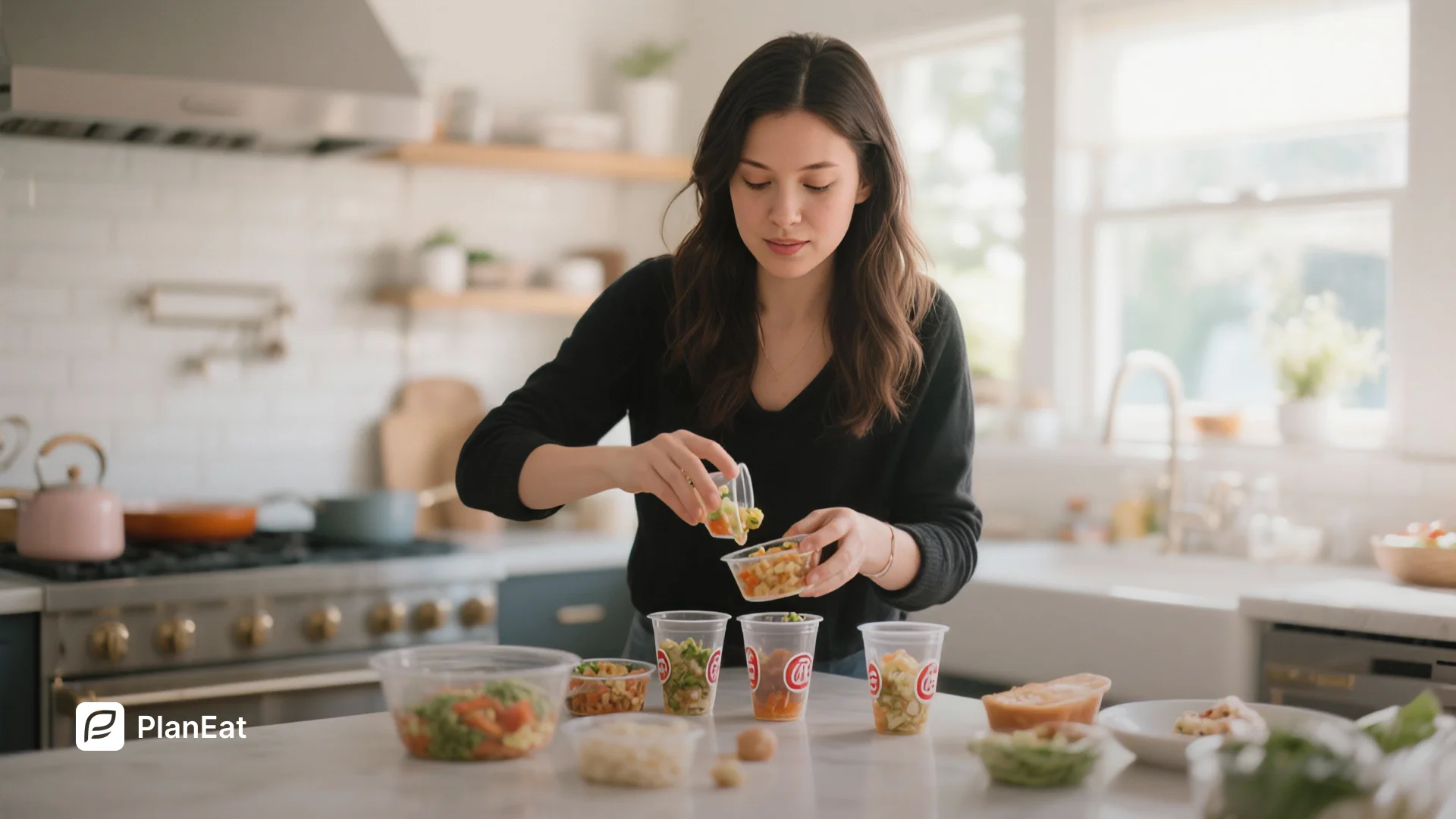
.webp)
.webp)
..webp)
.webp)
.webp)
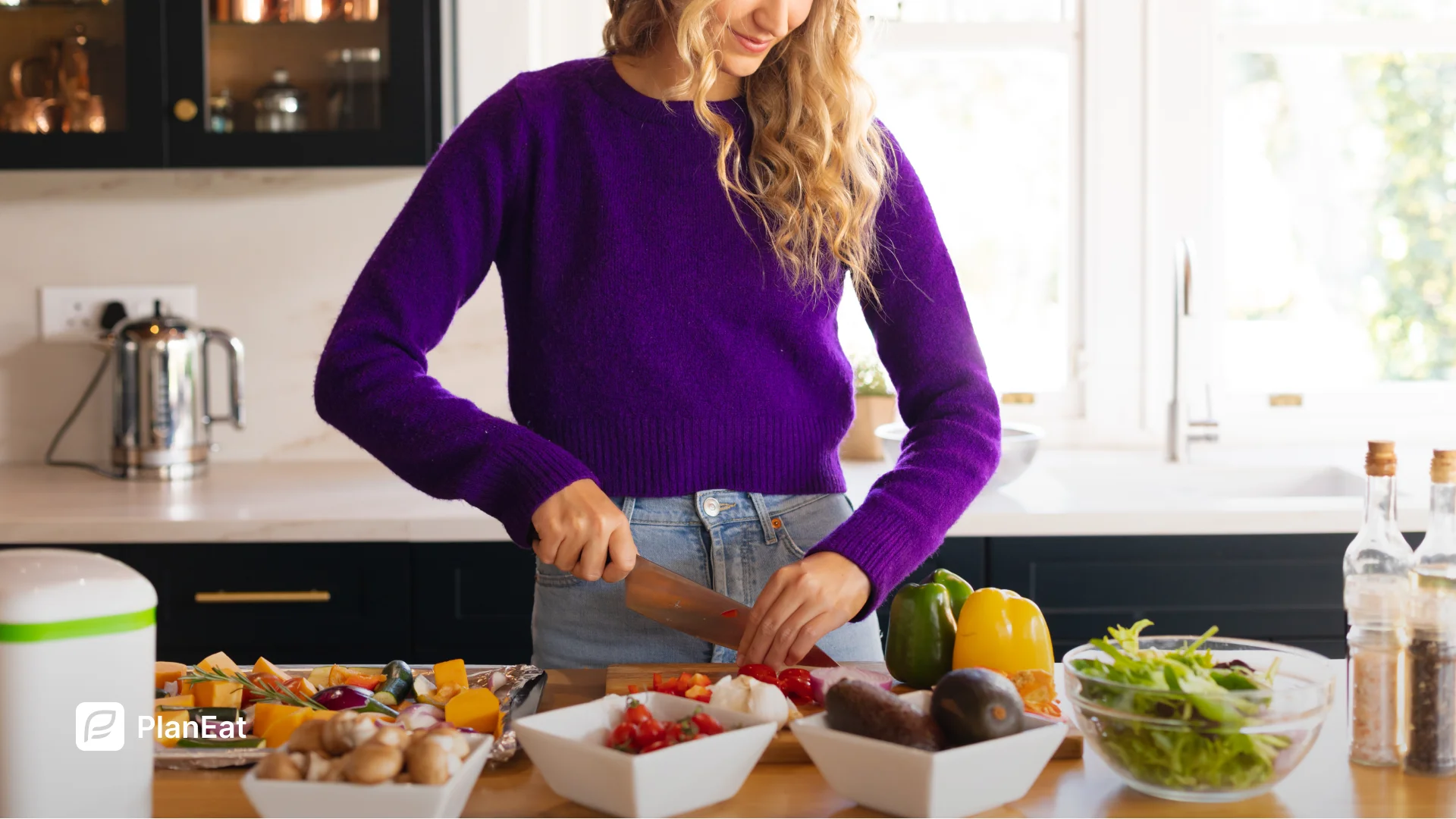
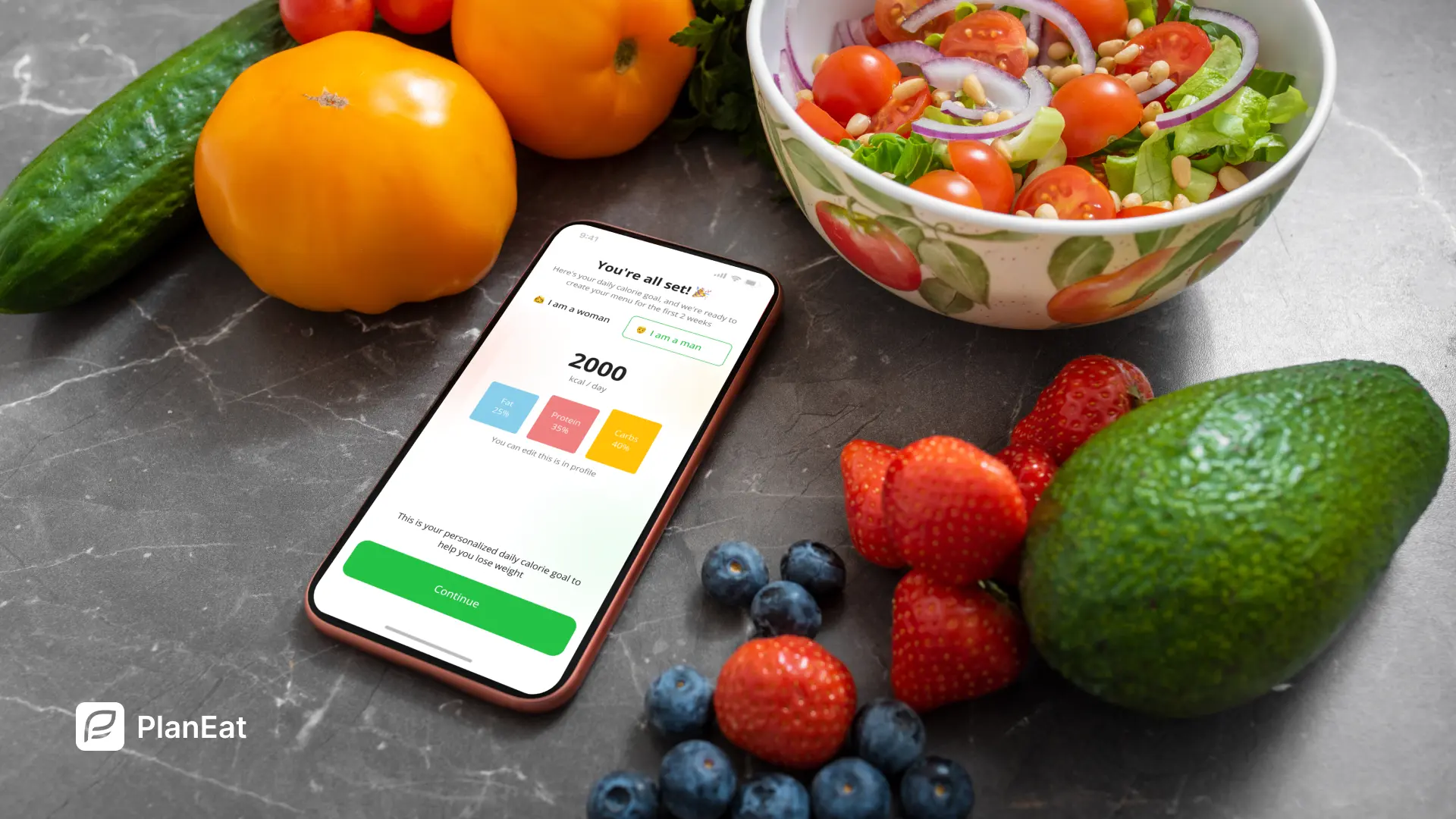
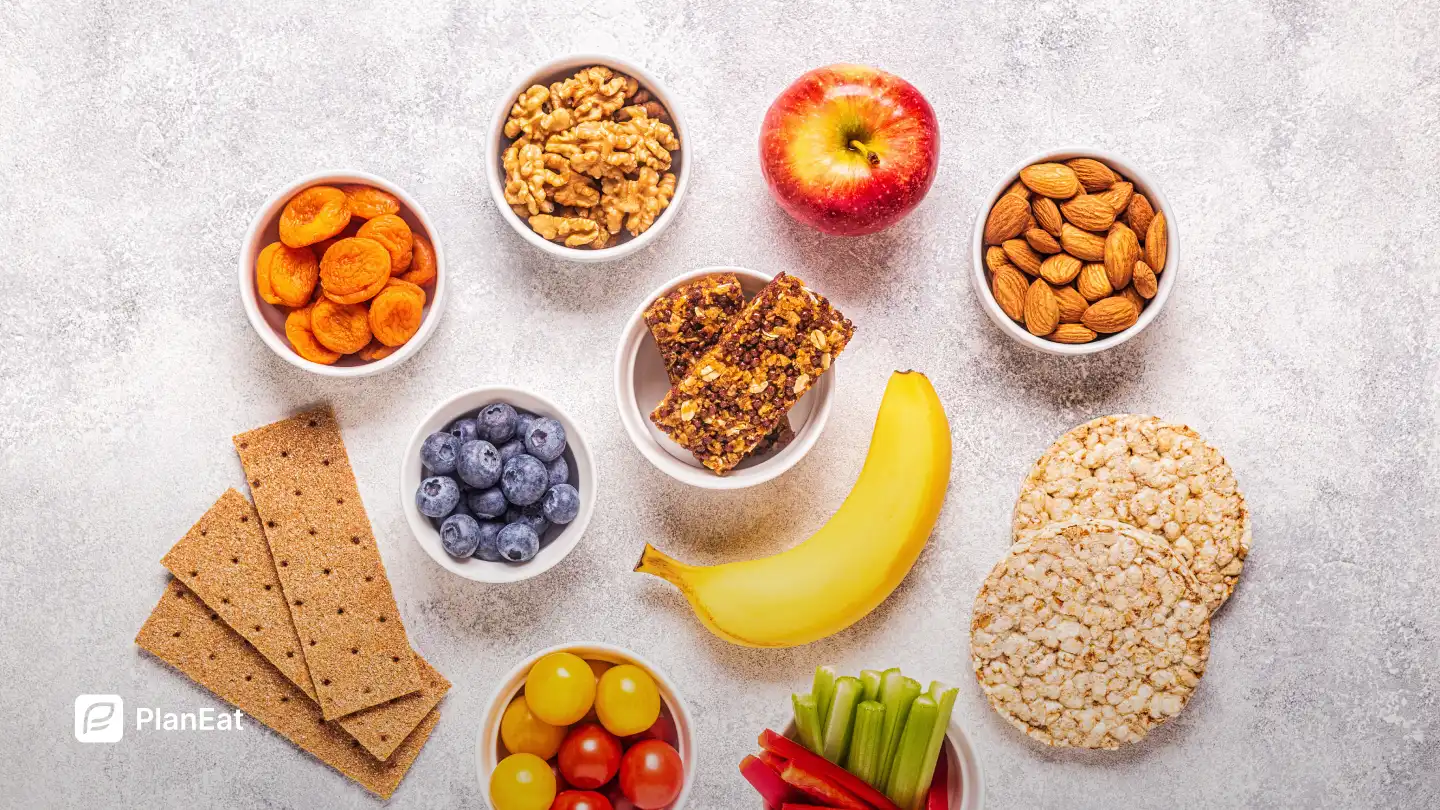
.webp)


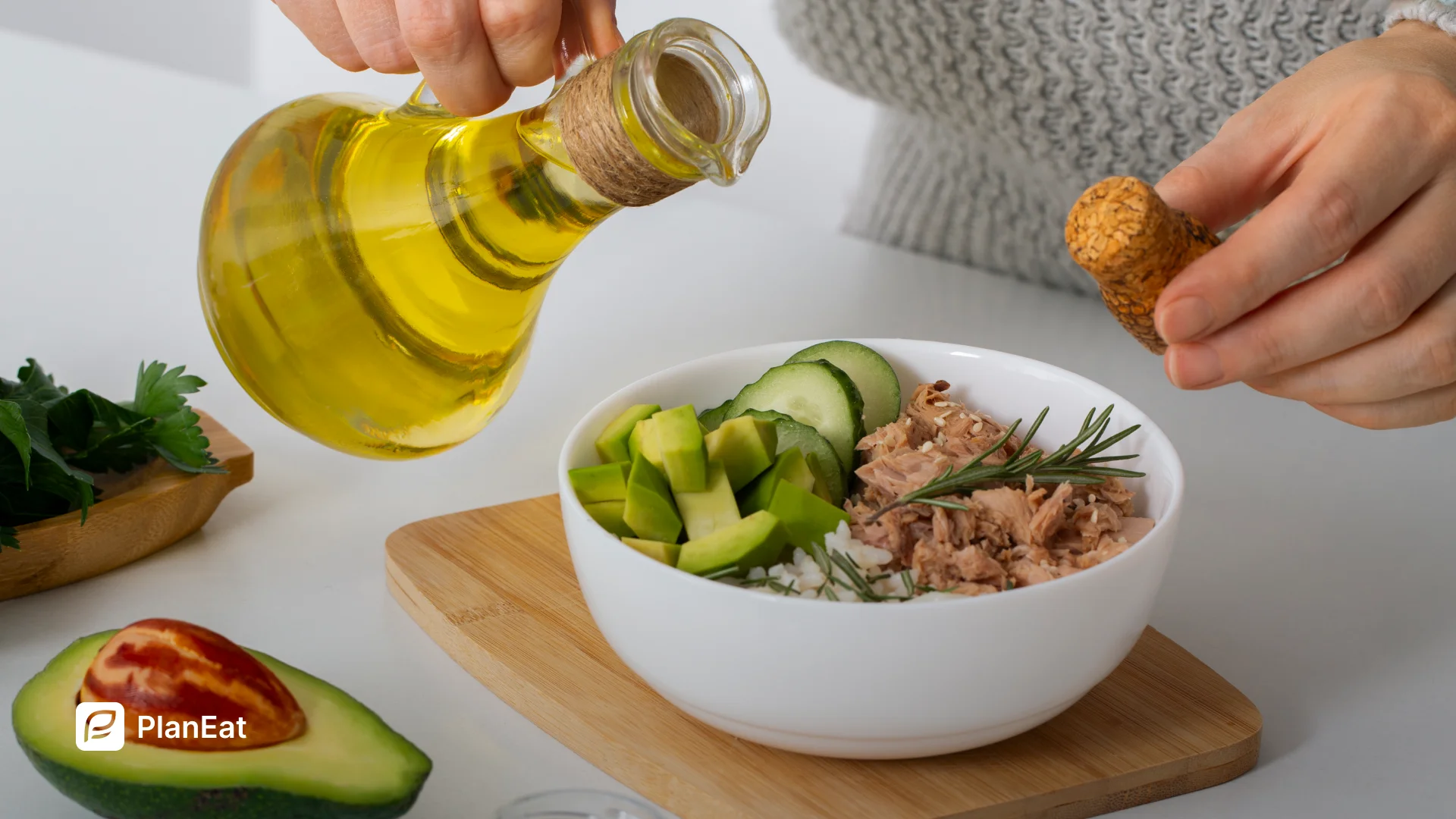
.webp)



.webp)
.webp)
.webp)
%20%2B%207%E2%80%91Day%20Menu.webp)
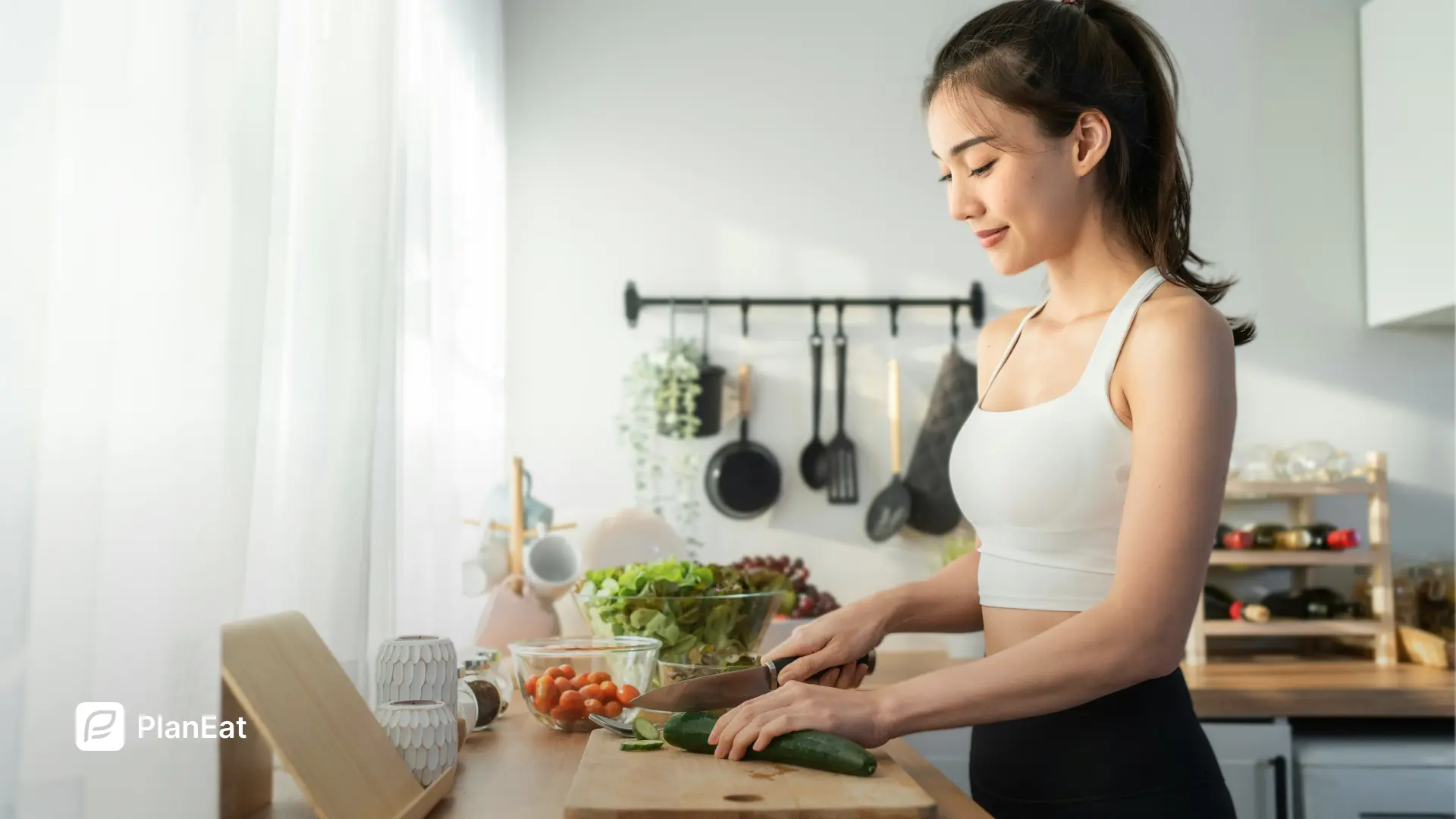


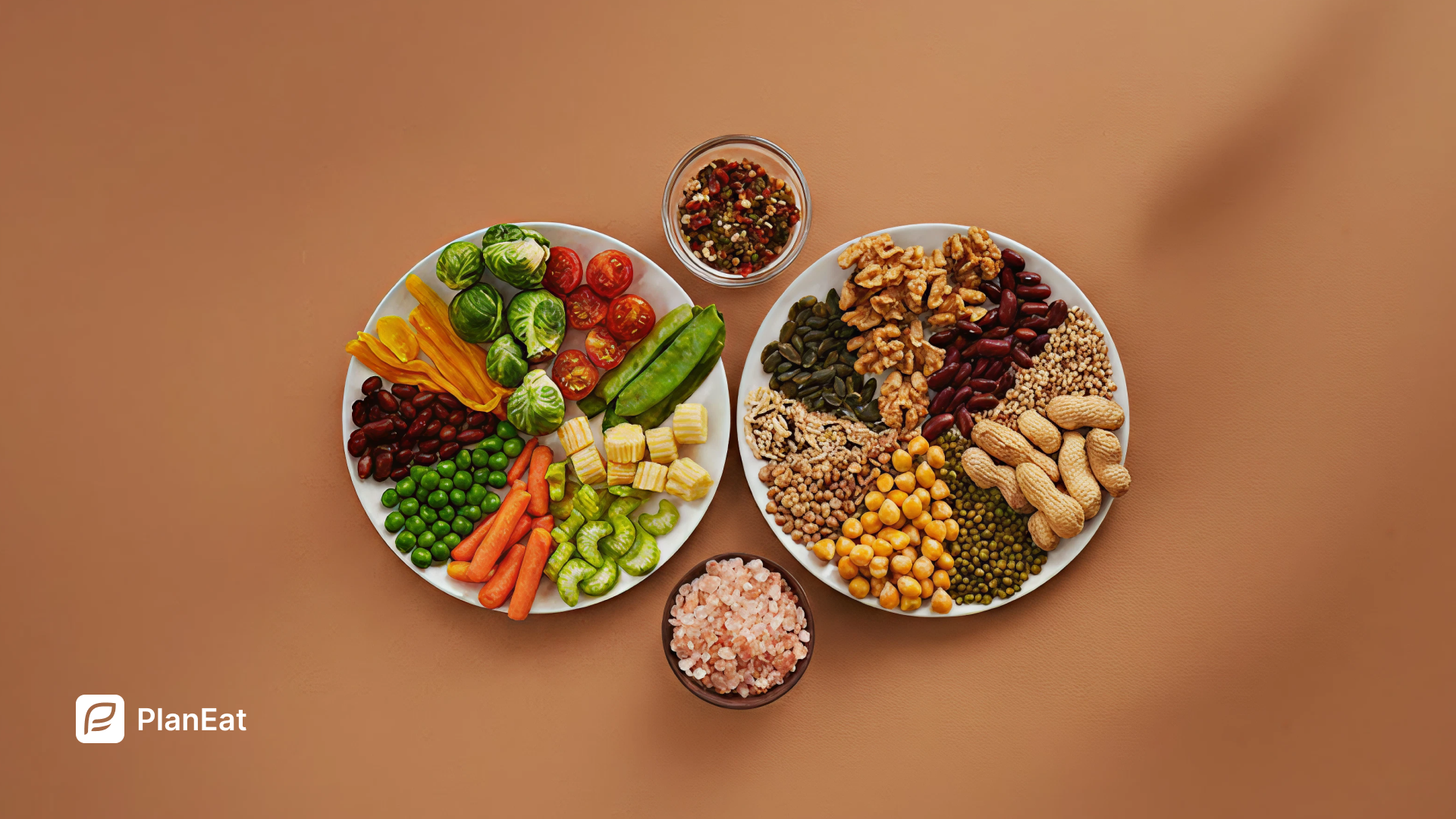
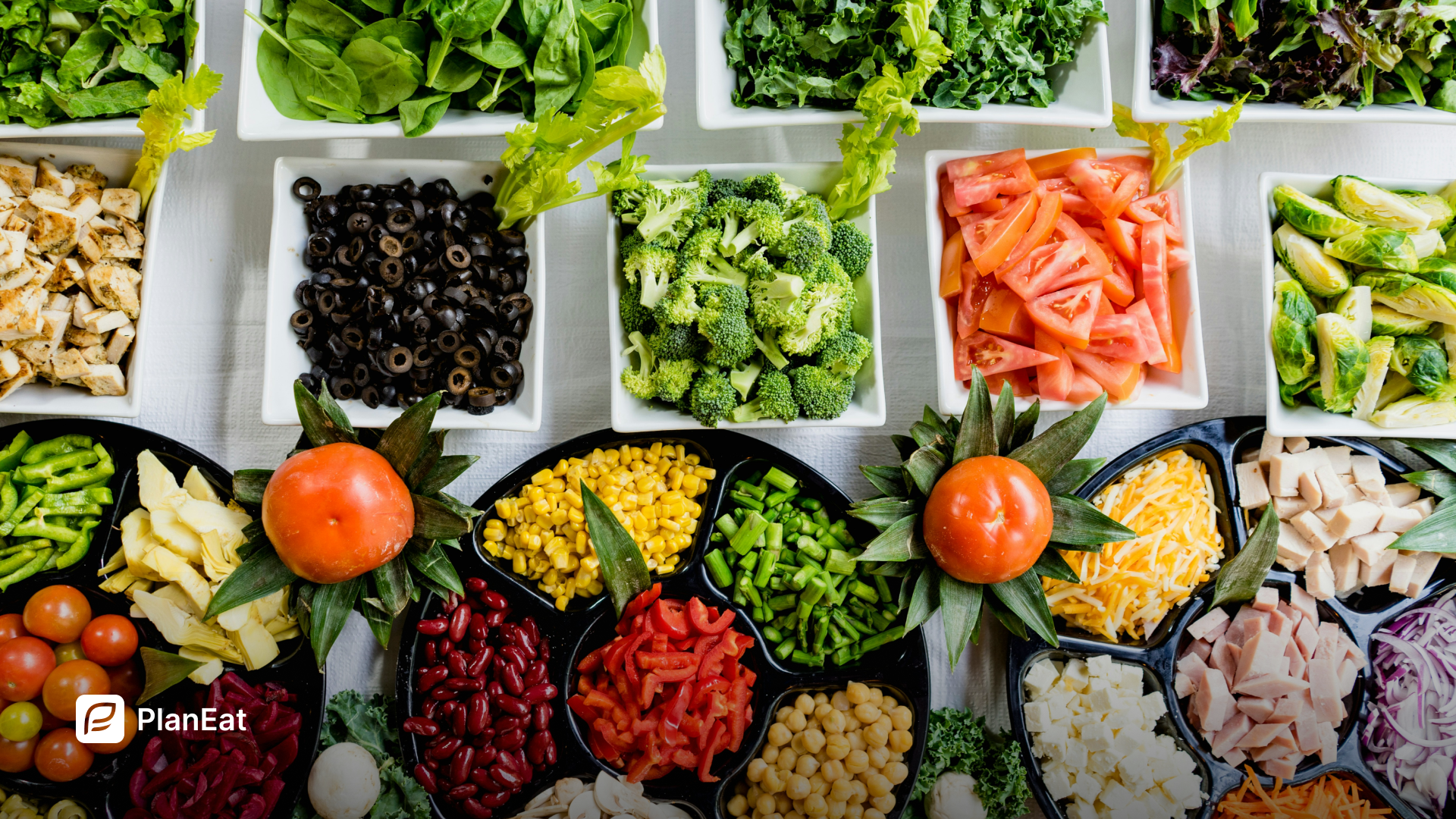
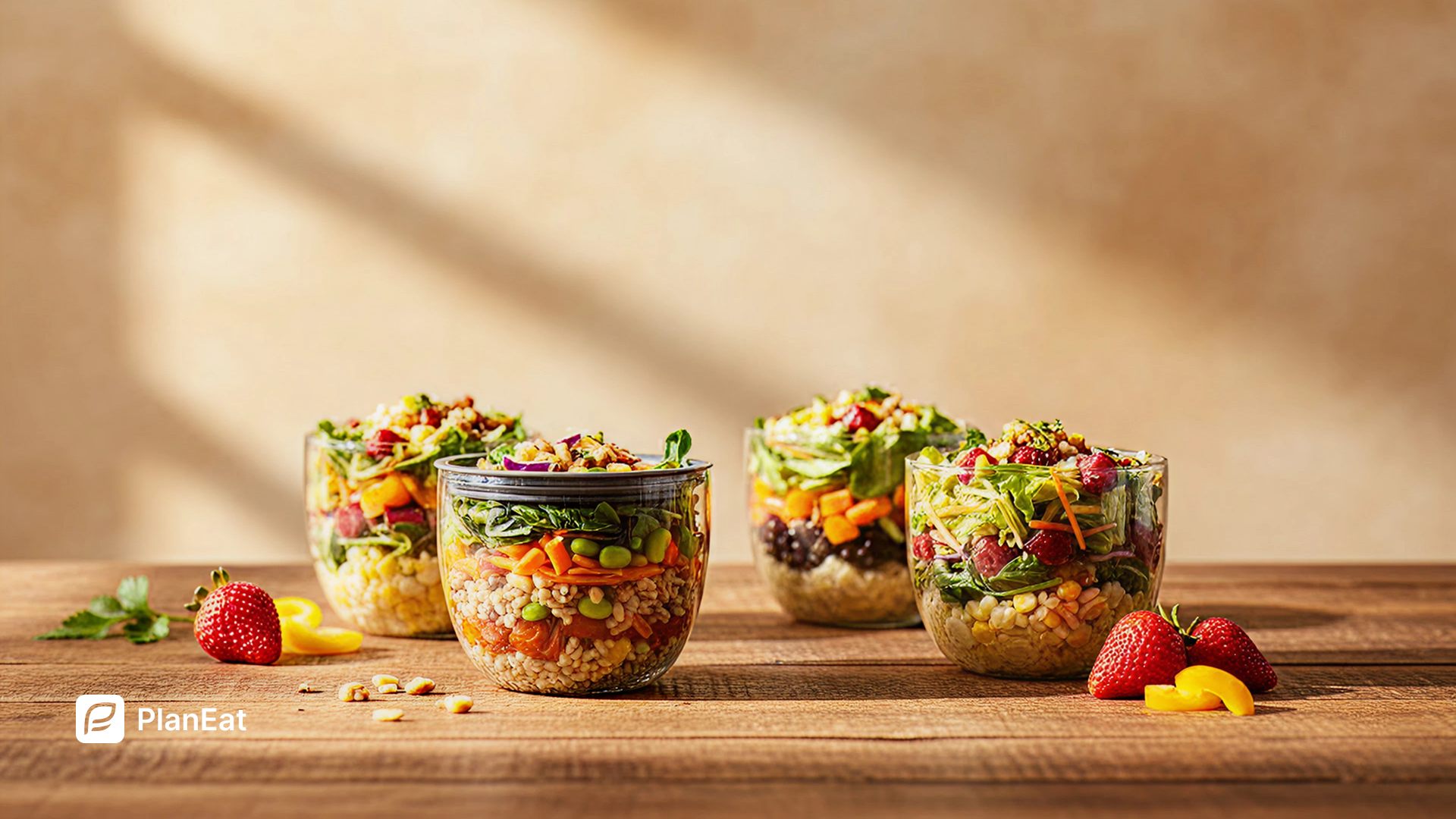

.webp)
